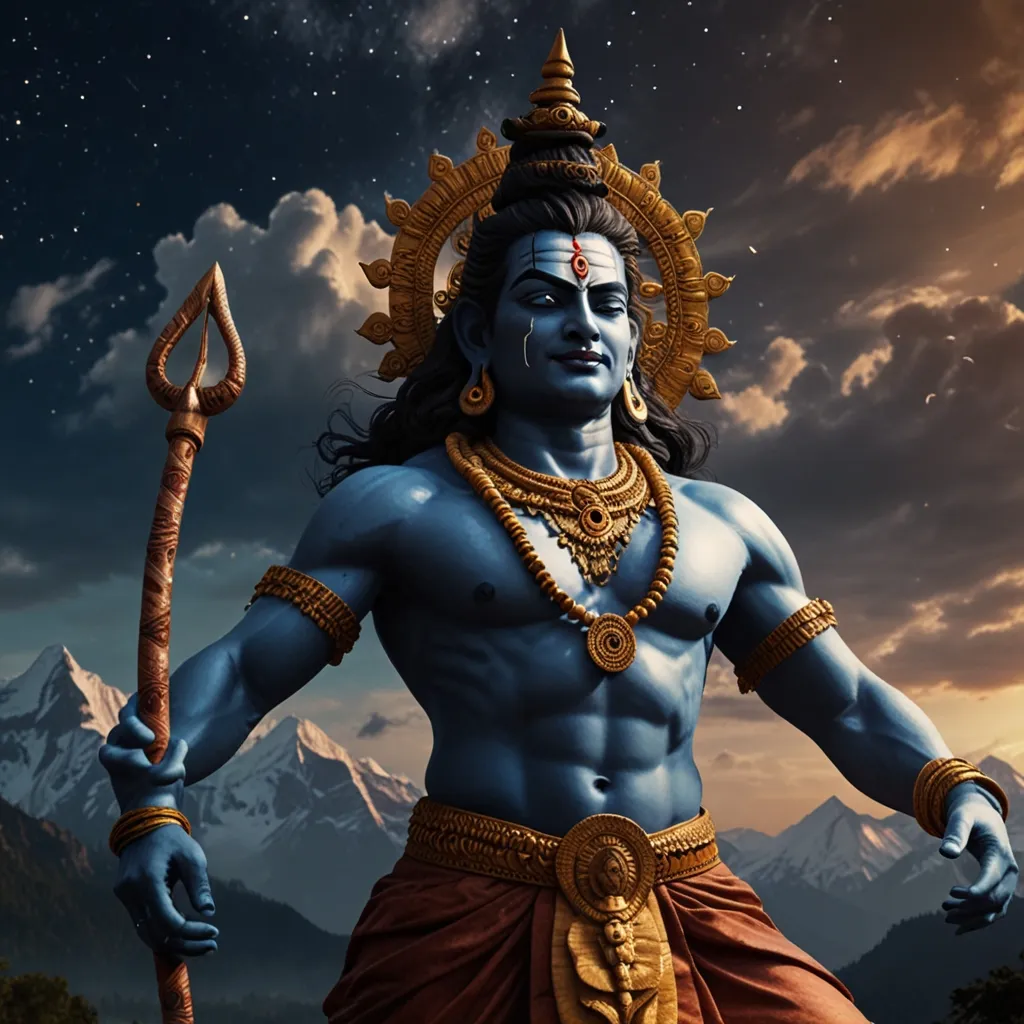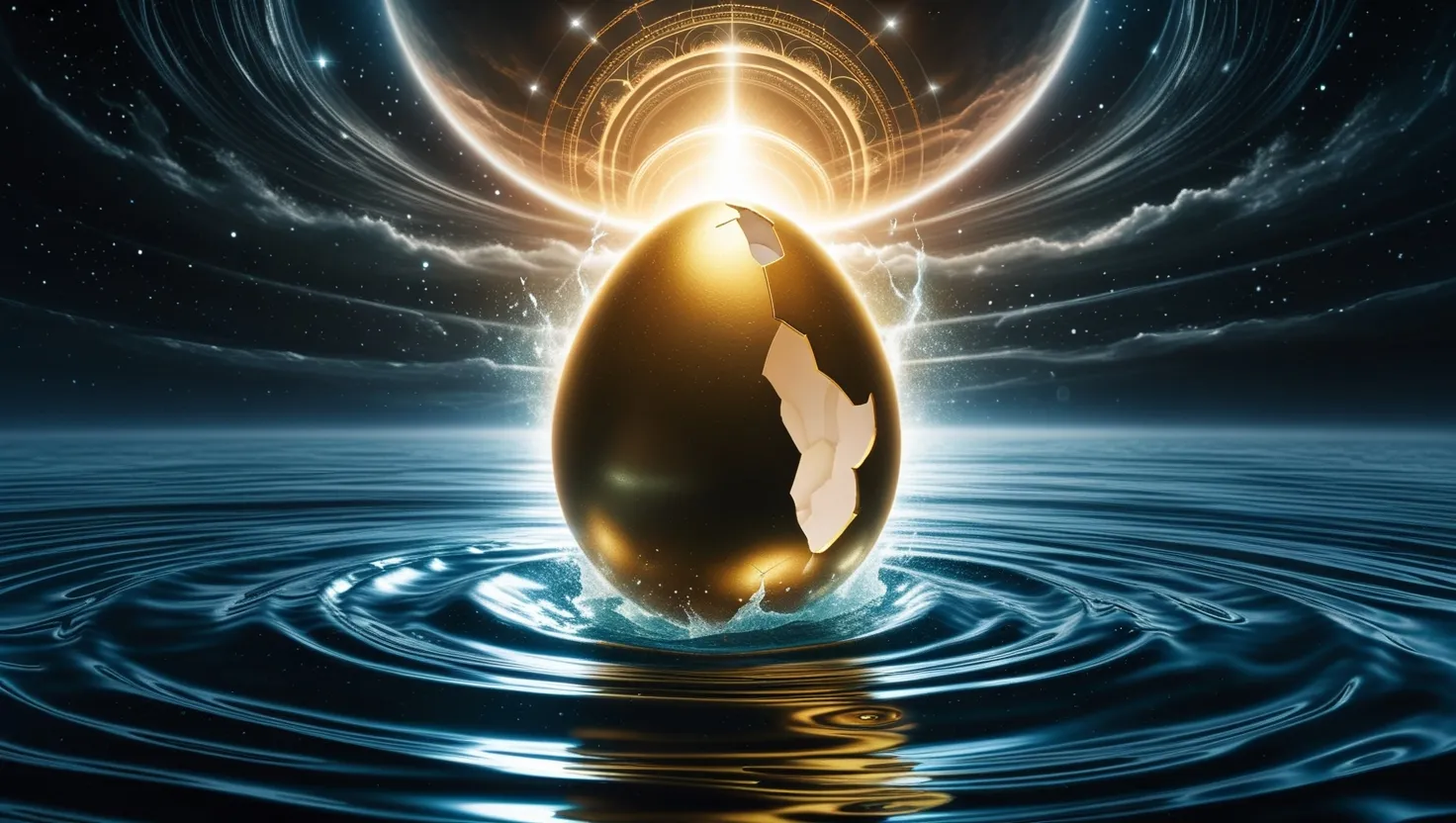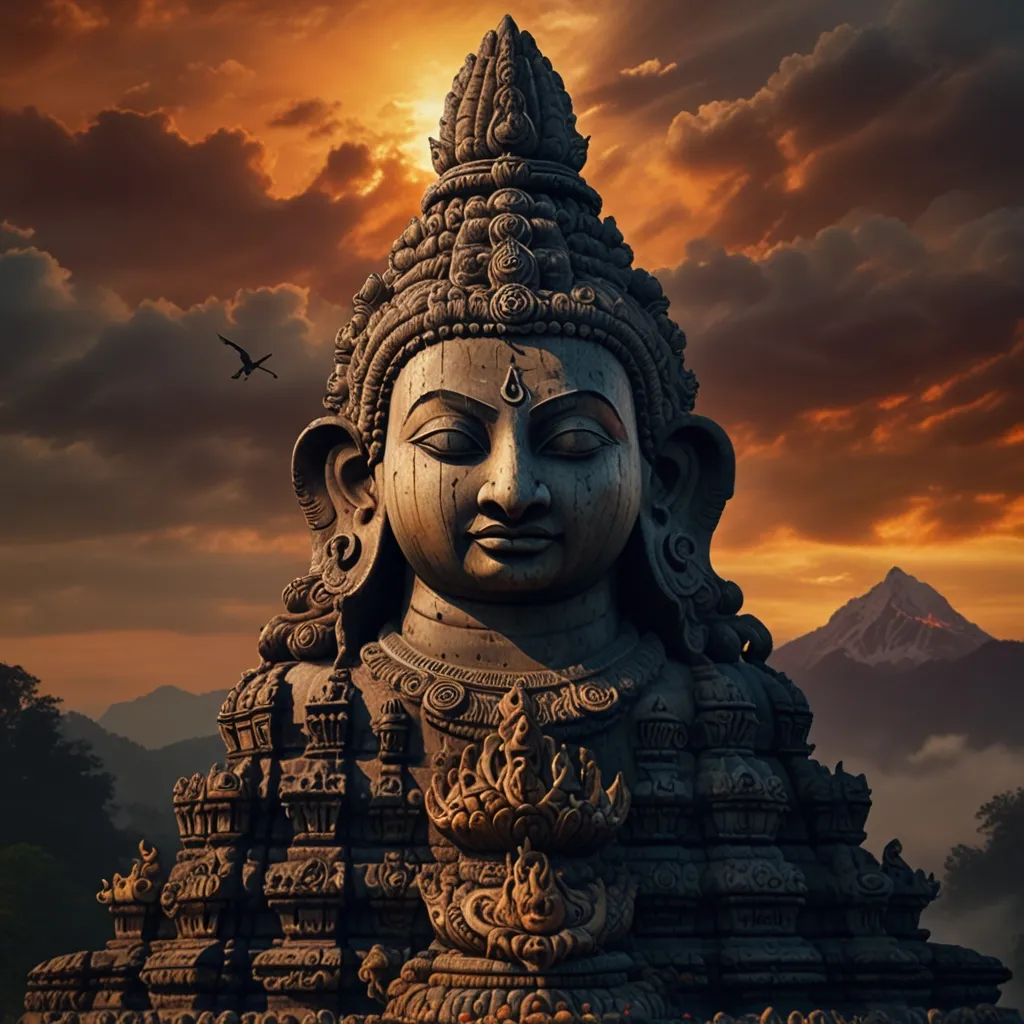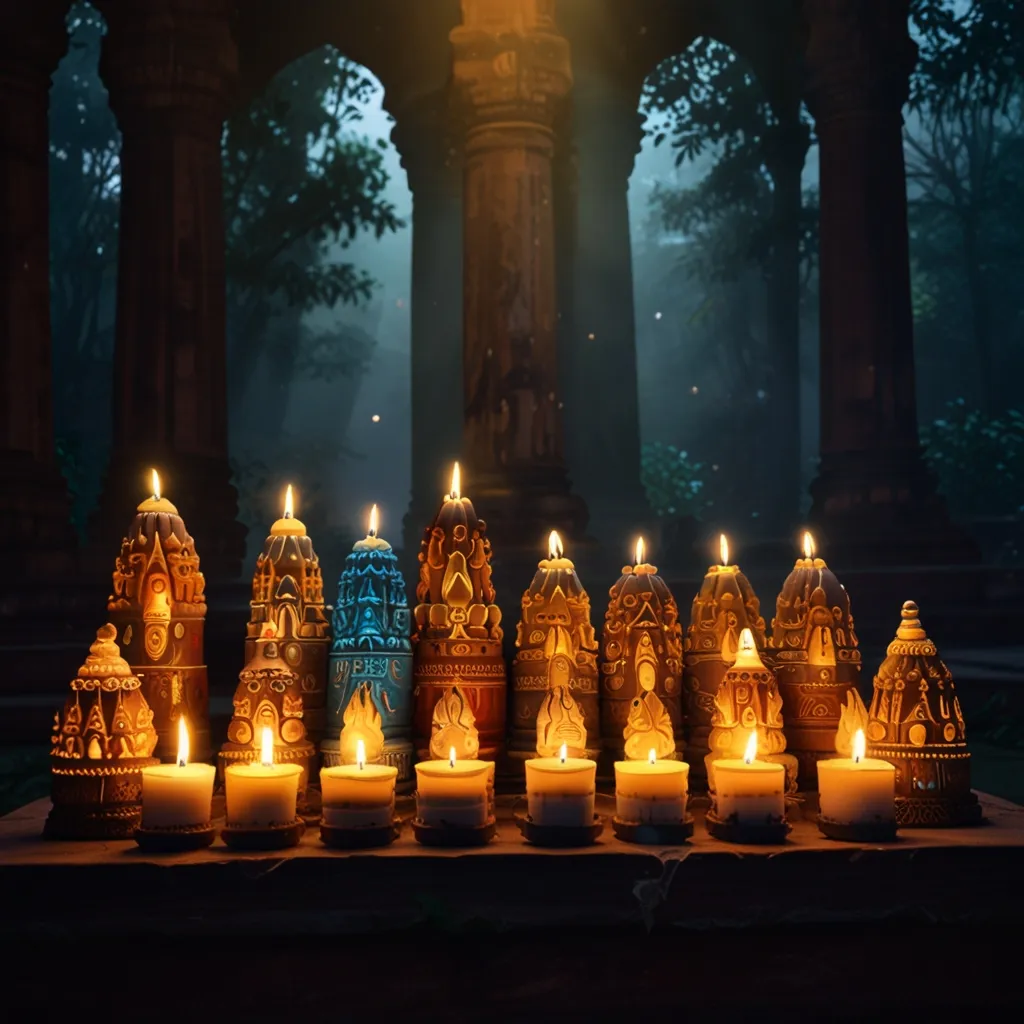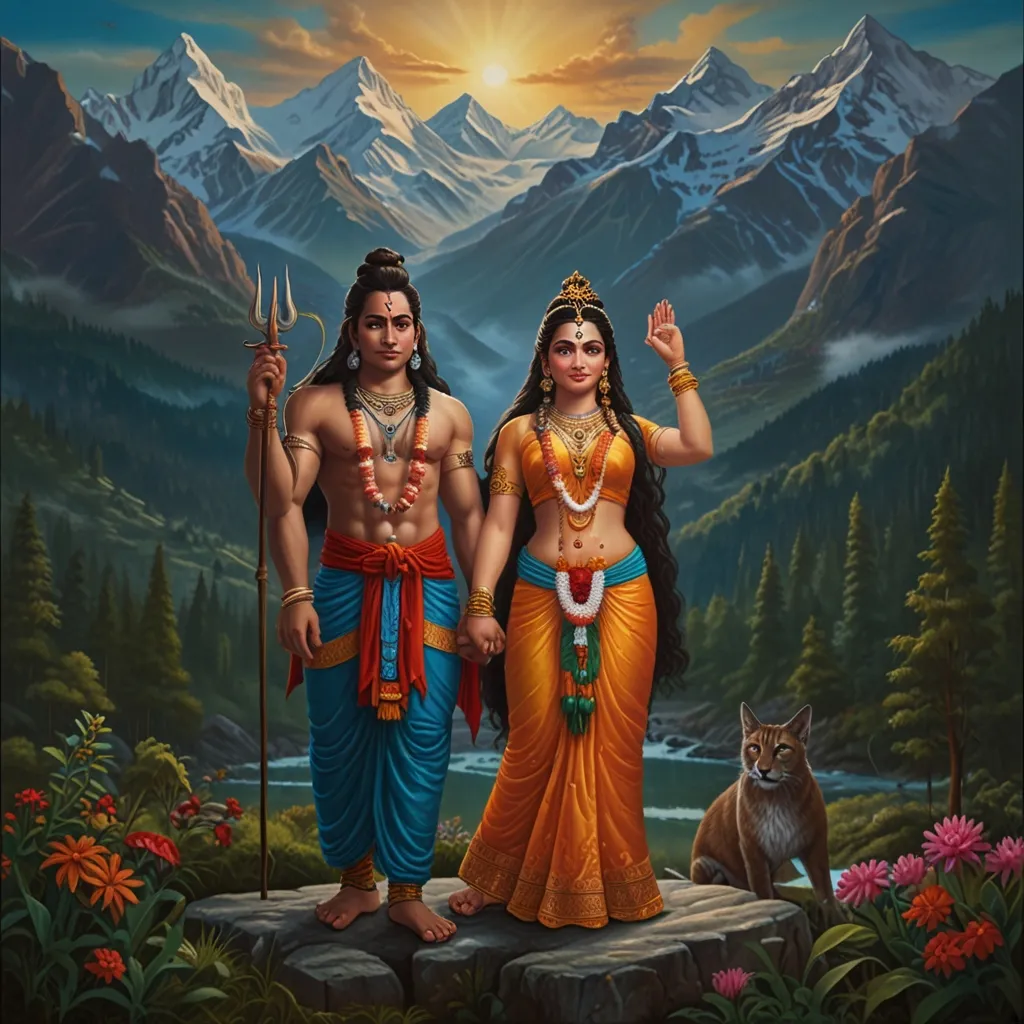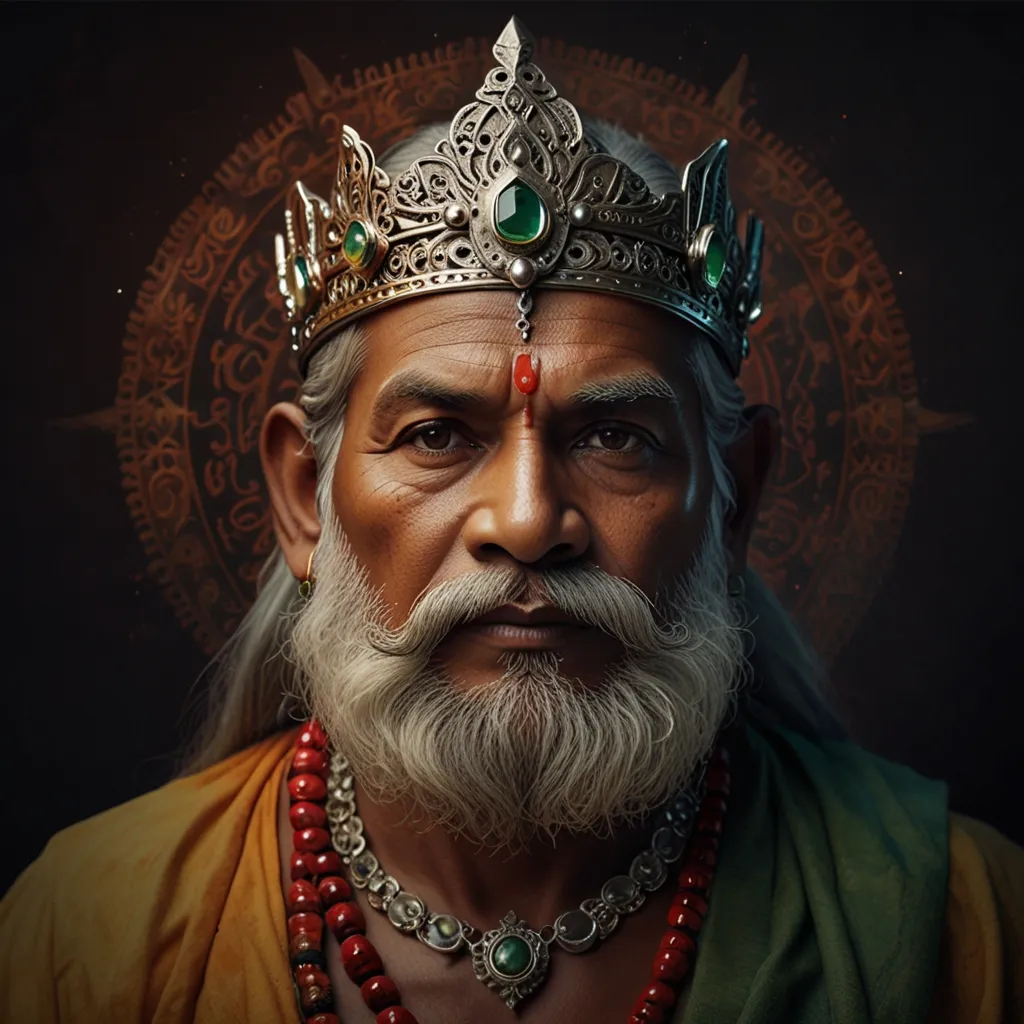In the universe of Hindu mythology, there is this super intriguing story about the Shiva Tandava Stotra, a hymn that’s all about Lord Shiva, one of the big deities in Hinduism. This tale is closely linked with Ravana, the mighty king of Lanka, who was also one of Shiva’s biggest fans.
Ravana, the guy with ten heads and twenty arms, was not just known for his warrior skills. He was also a top-notch scholar and poet. His love for Shiva was like no other, and he often penned hymns in Shiva’s honor. Among these hymns is the Shiva Tandava Stotra, beautifully capturing Shiva’s cosmic dance, known as the Tandava.
The term “Tandava” translates to a wild, powerful dance, and “Stotra” stands for a hymn of praise. Written in Sanskrit, this hymn is literary gold. Each line in it has 16 syllables, following a unique poetic meter. It’s split into 17 quatrains, each spotlighting a different facet of Shiva’s dance and his divine qualities.
The legend goes that Ravana, with his undying devotion, decided to compose a thousand verses praising Shiva. He made his way to Mount Kailash, where Shiva resides, and started singing these verses while drumming away. His music was so mesmerizing that it grabbed the full attention of Shiva and his wife, Parvati.
While Ravana sang his heart out, he began climbing Mount Kailash. Parvati saw this and tried to snap Shiva out of his musical trance, warning him about Ravana almost reaching the top. But, Shiva was too lost in the groove to notice. Once Ravana got to the peak, Shiva casually pushed him off with his foot. Ravana ended up sliding down the mountain, his drum leaving a mark on the South Face of Kailash.
Despite this dramatic tumble, Shiva recognized Ravana’s devotion. Shiva was impressed by the hymn and granted Ravana immense power and a celestial sword called Chandrahasa. This sword was as powerful and radiant as the moon, symbolizing Shiva’s approval and favor.
The Shiva Tandava Stotra is not mere religious chanting; it’s a timeless work of art. Its verses are packed with alliteration and onomatopoeia, creating this beautiful, rhythmic flow that’s hard to resist. The hymn paints a picture of Shiva’s dance as a grand cosmic event, where he dances along with Parvati and his crew, the Ganas.
One verse that stands out goes like this:
“Jatatavigalajjala pravahapavitasthale
Galeavalambya lambitam bhujangatungamalikam
Damad damad damaddama ninadavadamarvayam
Chakara chandtandavam tanotu nah shivah shivam”
In simple terms, it translates to:
“With his neck adorned by the cascade from his hair,
And on his neck, a snake, like a garland hangs,
The Damaru drum echoes ‘Damat Damat Damat Damat’,
Lord Shiva performs the auspicious Tandava dance. May he bring prosperity to all.”
The Shiva Tandava Stotra has left a lasting mark on popular culture too. Snippets of it have been recreated into songs in various Indian films, showcasing its timeless influence on art and music.
Chanting this hymn is believed to grant immense power, beauty, and mental resilience. It’s thought to clear out negative vibes and purify the mind. Devotees often recite this hymn during special moments like eclipses, at dawn and dusk, and during Pradosh Vrat, the 13th day of the lunar cycle.
Shiva’s Tandava dance itself is explained in ancient texts like the Natya Shastra, detailing the 108 karanas and 32 anghaharas that make up this cosmic performance. It’s not just a dance but a symbol of creation and destruction, mirroring the never-ending cycle of life.
To wrap it up, the Shiva Tandava Stotra showcases the power of devotion and the beauty of Hindu mythology. This story has enraptured people for centuries, inspiring art, music, and spiritual practices. This hymn is a powerful reminder of Shiva’s cosmic dance, reflecting the endless cycle of creation and destruction. It’s a rich, poetic tribute to one of the most revered deities, celebrating the deep, sacred pulse of life itself.
